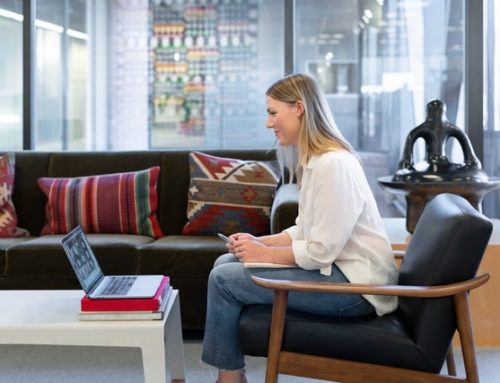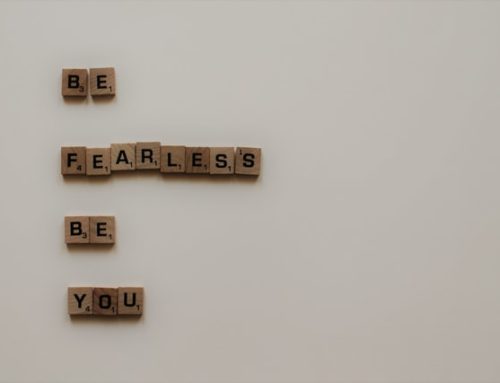Like many people, you’ve probably caught yourself at one point or another staring out the window, lost in your thoughts. Or maybe someone else called you out that you were daydreaming.
It’s long been thought that daydreaming means you are distracted. Which, in turn, is considered a bad thing. After all, you are supposed to stay on task and focus on what you are doing in the here and now.
However, researchers are learning more about the psychology of daydreaming. And they found out that far from a worthless distraction, daydreaming is proving to be an essential human activity. It accesses creativity, planning for the future, and more.
Here’s how daydreaming might actually be helpful.
What Is Daydreaming?
Daydreaming occurs when you let your mind wander. Perhaps the classic example is the child who is sitting in their classroom at school. Yet, instead of focusing on their assignment, they stare out the window—lost in their thoughts.
Maybe they are thinking about what they will do at recess. Or they have a larger concern in their lives, such as recently getting in trouble at home.
Their teacher comes up to them and admonishes the child for not paying attention. It’s how many of us have learned very early on in life that daydreaming is something negative, not positive.
Old Beliefs About the Psychology of Daydreaming
In today’s world, daydreaming is often associated with ADHD, or it may imply that you are lazy. Either way, typically, it’s not considered a good thing.
However, you don’t have to look far into the past to see that daydreaming was once actually considered to be a psychological problem. In fact, it was thought to be a sign of being neurotic!
Yet, as scientists are learning more about the psychology of daydreaming, they’re discovering that, in reality, it’s an essential activity for humans. How so?
Planning Ahead
Daydreaming can be considered an essential human activity when planning for the future.
For example, let’s say that you are bored at the office. Your mind turns away from the spreadsheet that you have been staring at for hours. Instead, you think about your upcoming trip to Europe and how excited you are to travel. You imagine walking through ancient cities or finding a wonderful restaurant tucked away in an alley that serves delicious food.
Another example could be closer to home. You imagine what you will be doing after work today. Such as, what you will eat for dinner or your plans for the evening.
Practicing Scenarios Before They Happen
Another important aspect of the psychology of daydreaming is that you get to plan out possible scenarios before they happen.
For instance, let’s say that it’s Friday and you have a first date planned for later that evening. You daydream about all the potential social situations that could come up during that date. What will they be like? Could a “spark” occur? How will you interact with your date?
Daydreaming allows you to think through these possible scenarios before they occur. In essence, it’s good practice, like a dry-run.
Children and Daydreaming in the Modern World
Research is finding that children spend the majority of their time outside of the classroom watching TV. Which means that children today might not be daydreaming enough.
And that’s a big problem! Why? Because it means that they are spending less time accessing and developing the creativity side of their brains. Rather, they are consuming programming, much of which isn’t healthy or positive, nor promotes creativity.
Take a step back, and consider for a moment that adults too are spending a lot of time-consuming media. This, because nobody wants to be “bored.” Yet, when you are bored you are more likely to let your mind wander—and thus daydream!
—
Science is learning that the psychology of daydreaming is more complex and beneficial than previously thought. Although there is the saying about having “too much of a good thing,” daydreaming is far from a worthless distraction. It’s an essential human activity that, when done in moderation, can access the creative side of your brain.
If you’re interested in learning more ways to be creative and promote your mental well-being, feel free to reach out and contact me.




